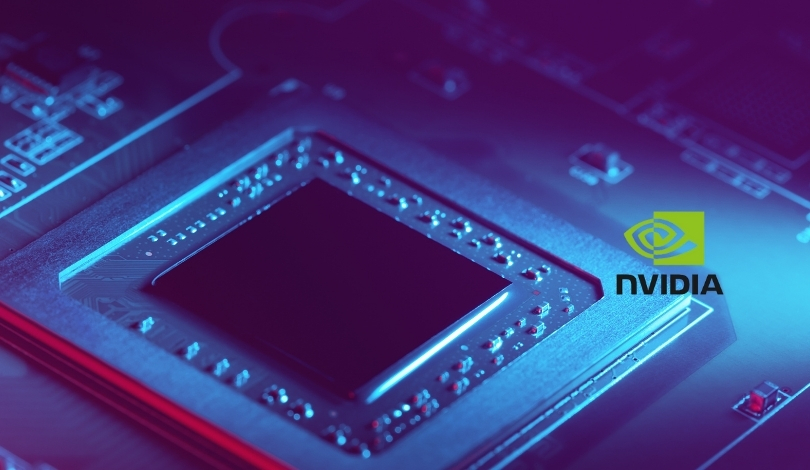Millions of users rely on older graphics cards like the NVIDIA GeForce GTX 1060, but official support will soon run out. NVIDIA announced it will conclude driver updates for GPUs utilizing the Pascal architecture in the GeForce 10 and select TITAN product lines in October 2025, with continued support for Windows 10 users until October 2026. This decision may prompt users to weigh their hardware upgrade options earlier than anticipated. Both consumers and businesses face changes in long-term graphics reliability and security under these timelines.
NVIDIA’s move follows a series of support policy adjustments, building on phased transitions away from previous architectures over recent years. Earlier updates extended Windows 10 compatibility for some legacy GPUs, but did not specify end dates. Discussions in tech communities raised concerns about maintaining driver updates for aging hardware, particularly as new games and creative software demand ongoing compatibility. These recent dates provide firmer closure to ongoing questions surrounding GeForce 10 Series lifecycle management, marking a definitive endpoint compared to past instances where support was loosely indefinite.
How Will Affected Products Be Impacted?
GeForce GTX 10 Series cards, such as the GTX 1060, GTX 1080, and other Pascal-based models, will stop receiving Game Ready Driver releases and security updates after October 2025. Devices running on Windows 10 will continue to receive critical updates for another year, until October 2026. NVIDIA TITAN and select Quadro cards using Pascal architecture are subjected to the same timeline.
What Does This Mean for Windows 10 Users?
Users with Pascal GPUs operating on Windows 10 will benefit from an extra 12 months of security-focused driver updates. NVIDIA explained,
“This Windows 10 extension is designed to offer a more gradual transition for affected customers.”
While no further feature additions are expected, this period allows continued protection against newly discovered software vulnerabilities on the older operating system for an additional year.
Why Is NVIDIA Ending Support?
The conclusion of driver updates comes as NVIDIA focuses development resources on its newer Ampere and Ada Lovelace-based products, citing advances in performance and security for recent models. A spokesperson noted,
“Directing support toward newer architectures enables us to better serve the majority of current users.”
With software becoming increasingly demanding, legacy GPU architectures see diminishing compatibility with fresh application requirements and operating system updates.
As NVIDIA aligns its support schedule for GeForce 10 Series with industry norms, users need to plan for hardware upgrades or brace for limited software security. Anyone relying heavily on GTX 1060, GTX 1070, or other Pascal-based products will need to consider risks associated with unsupported hardware after 2026. Delaying upgrades could impact stability and expose users to vulnerabilities as software publishers drop support for aging drivers. Preparing for these transitions is especially relevant for businesses managing fleets of PCs or individuals using systems for gaming or creative production. Evaluating upgrade costs against diminishing support windows enables users to make informed decisions about system longevity and security.










